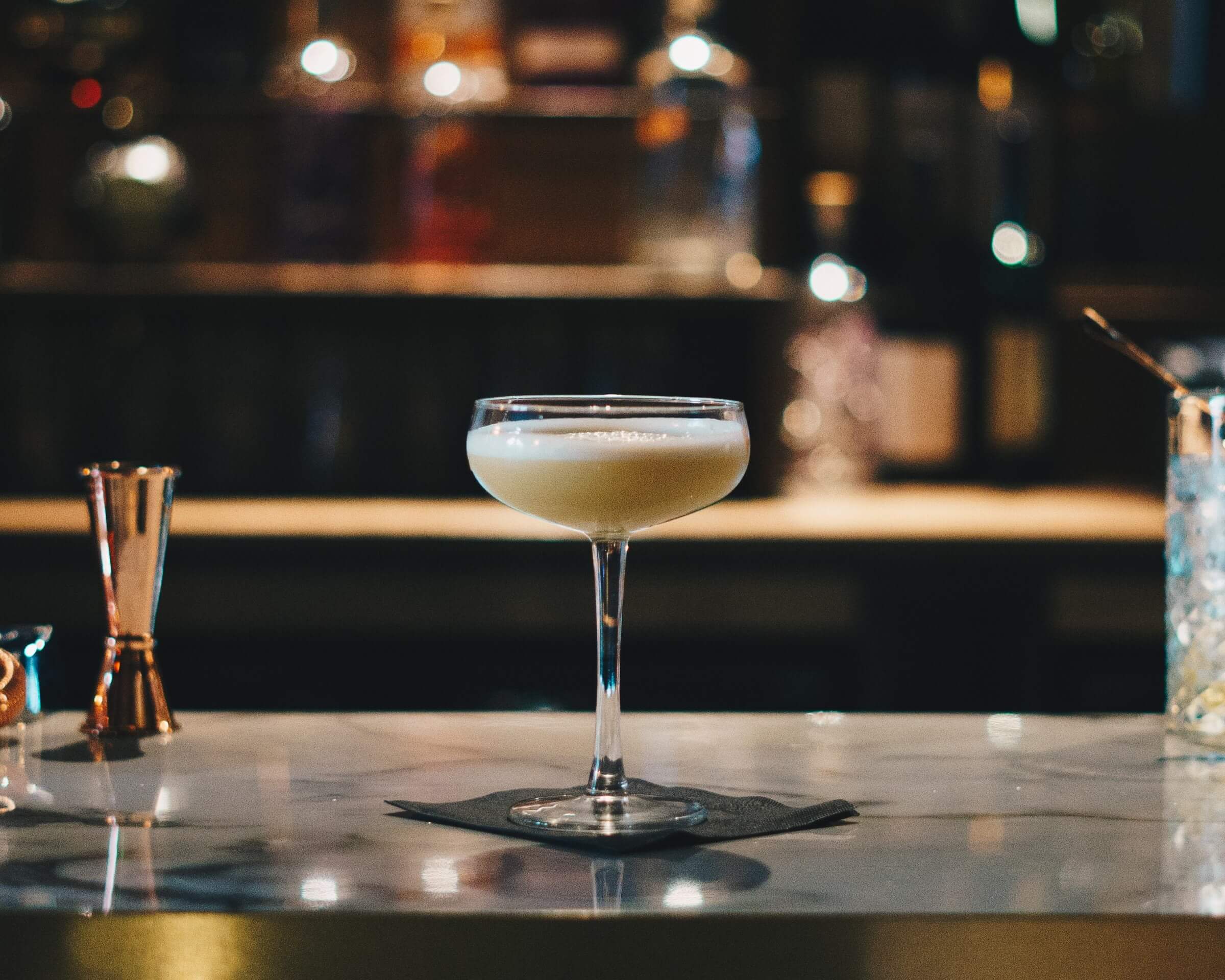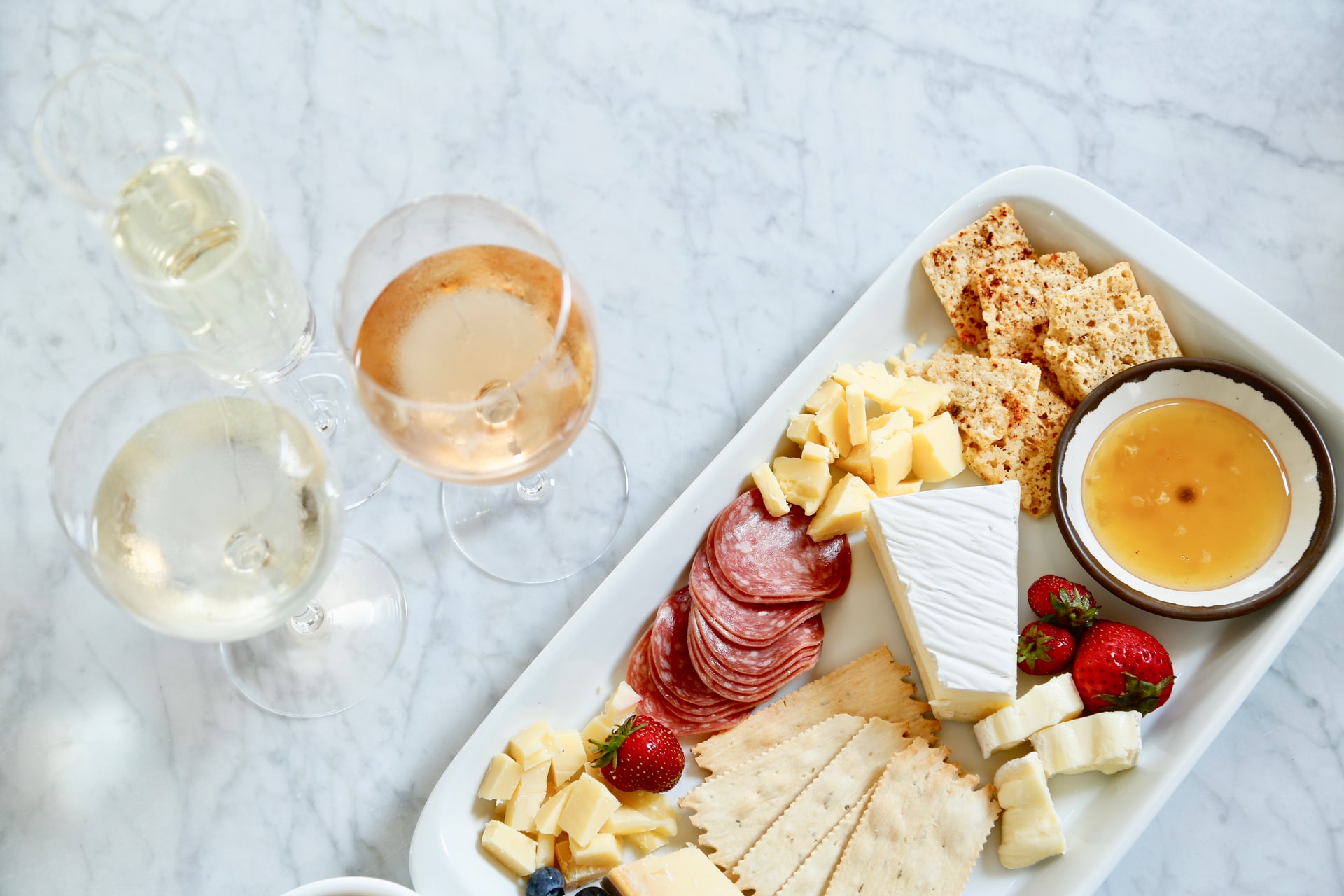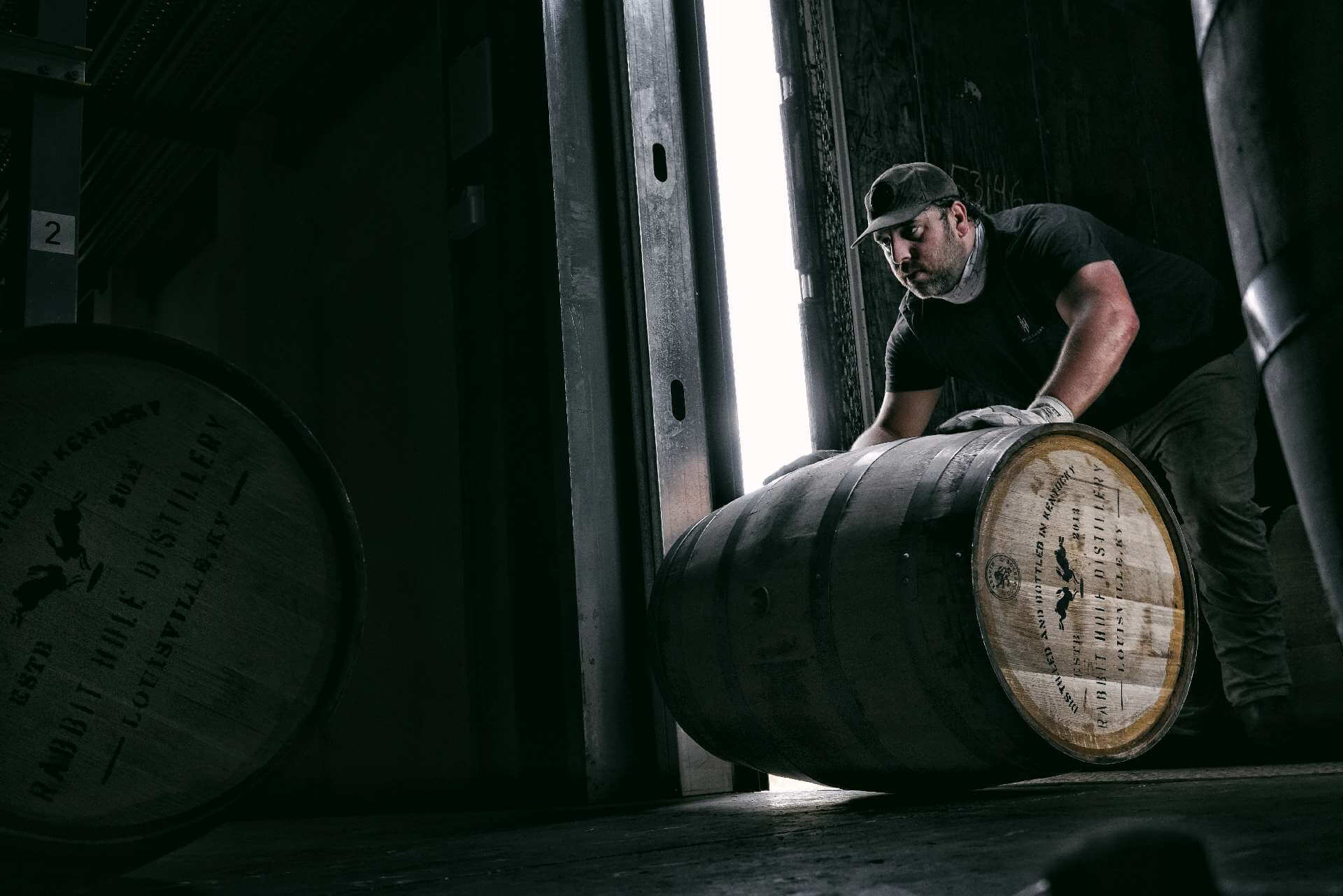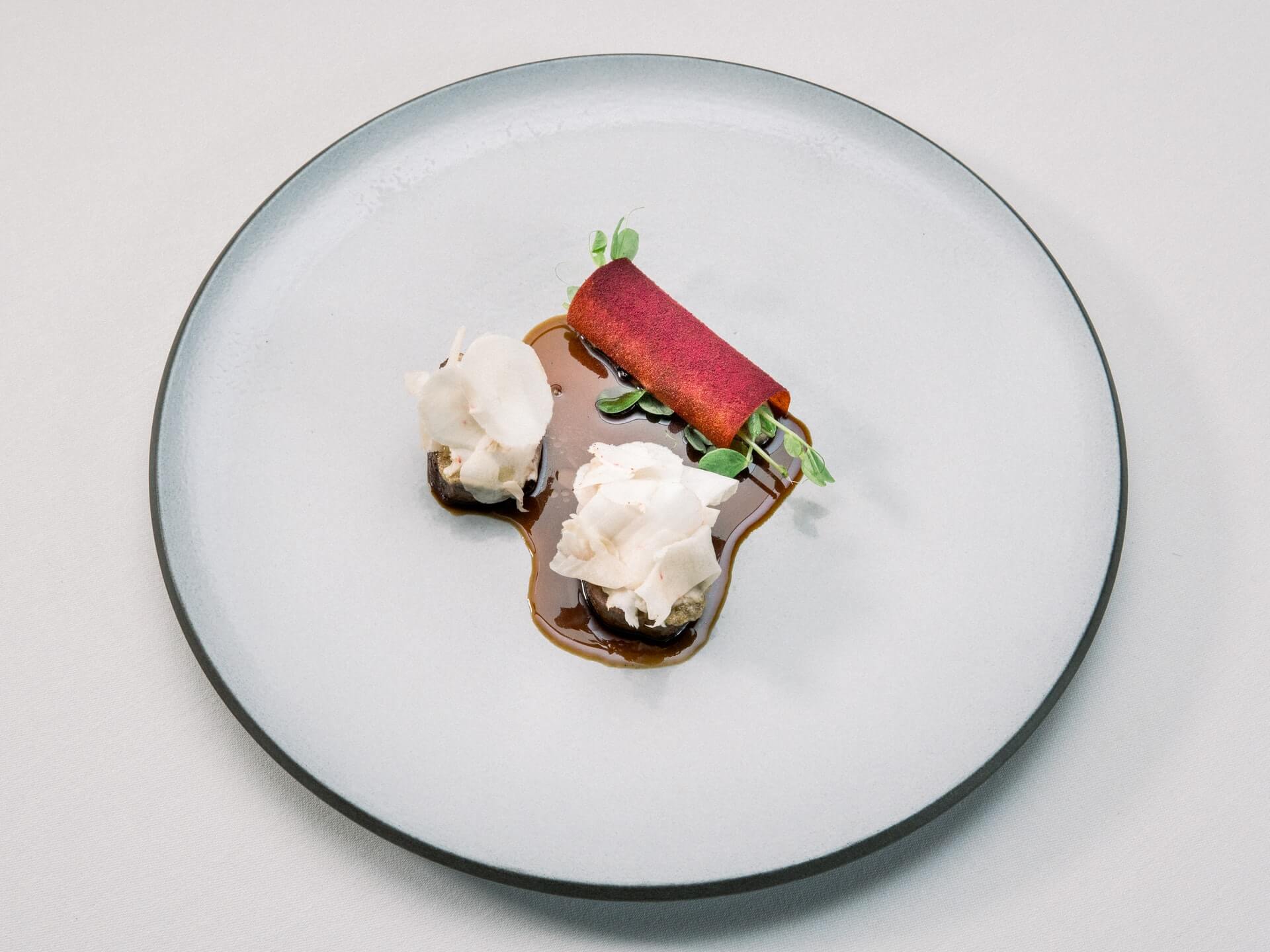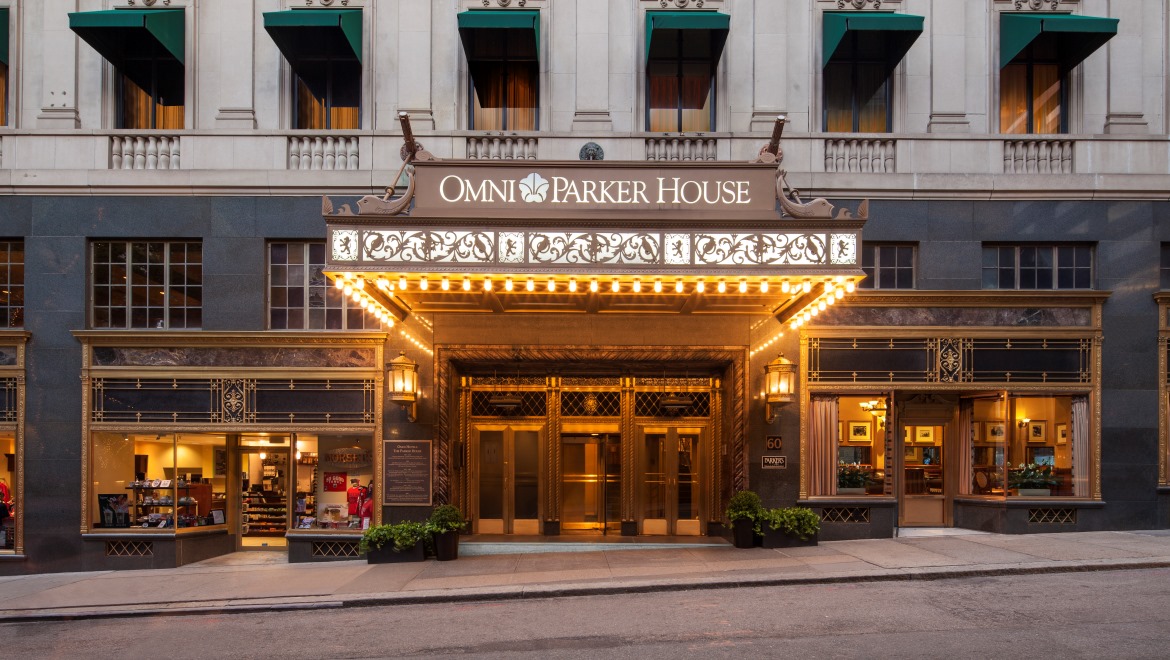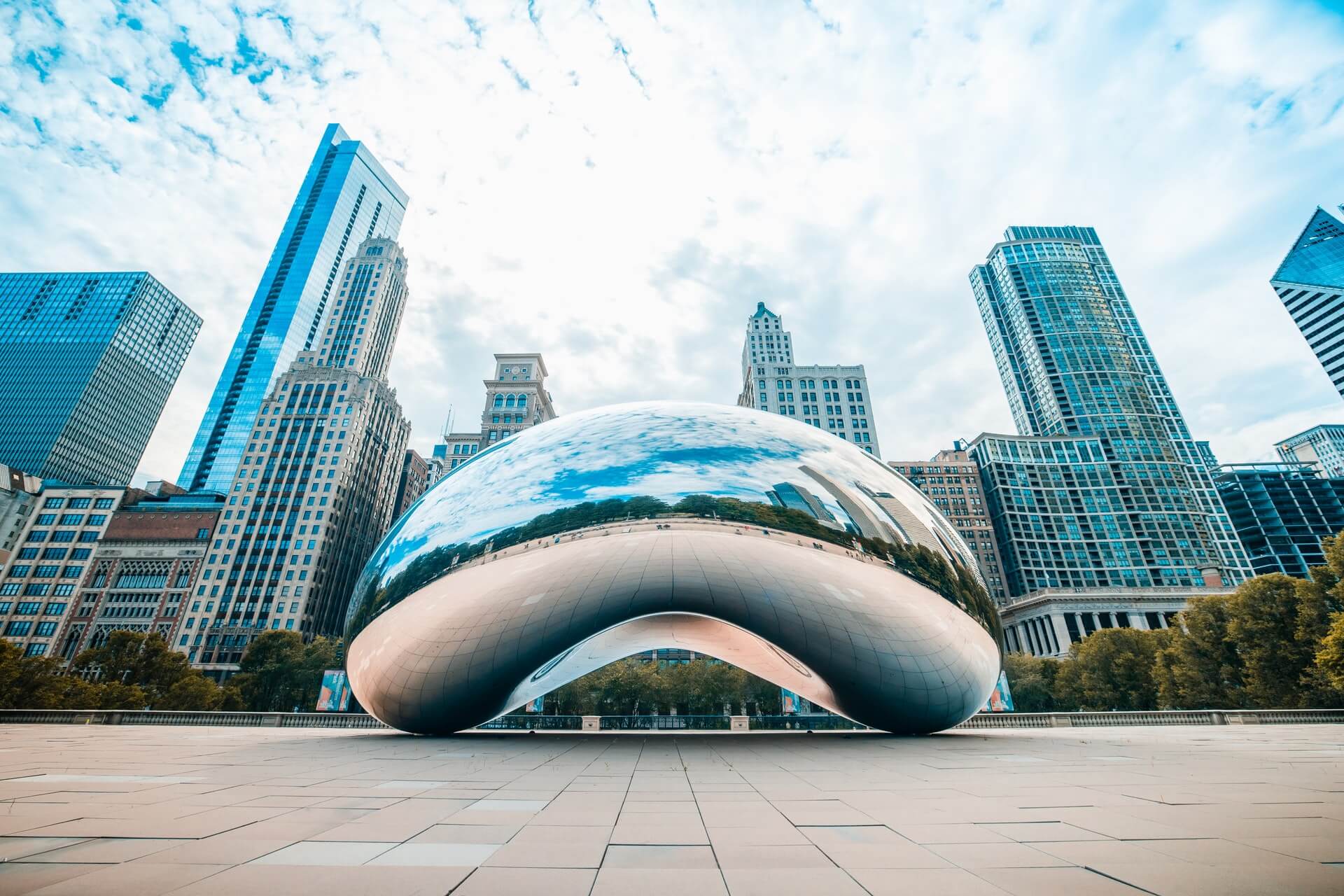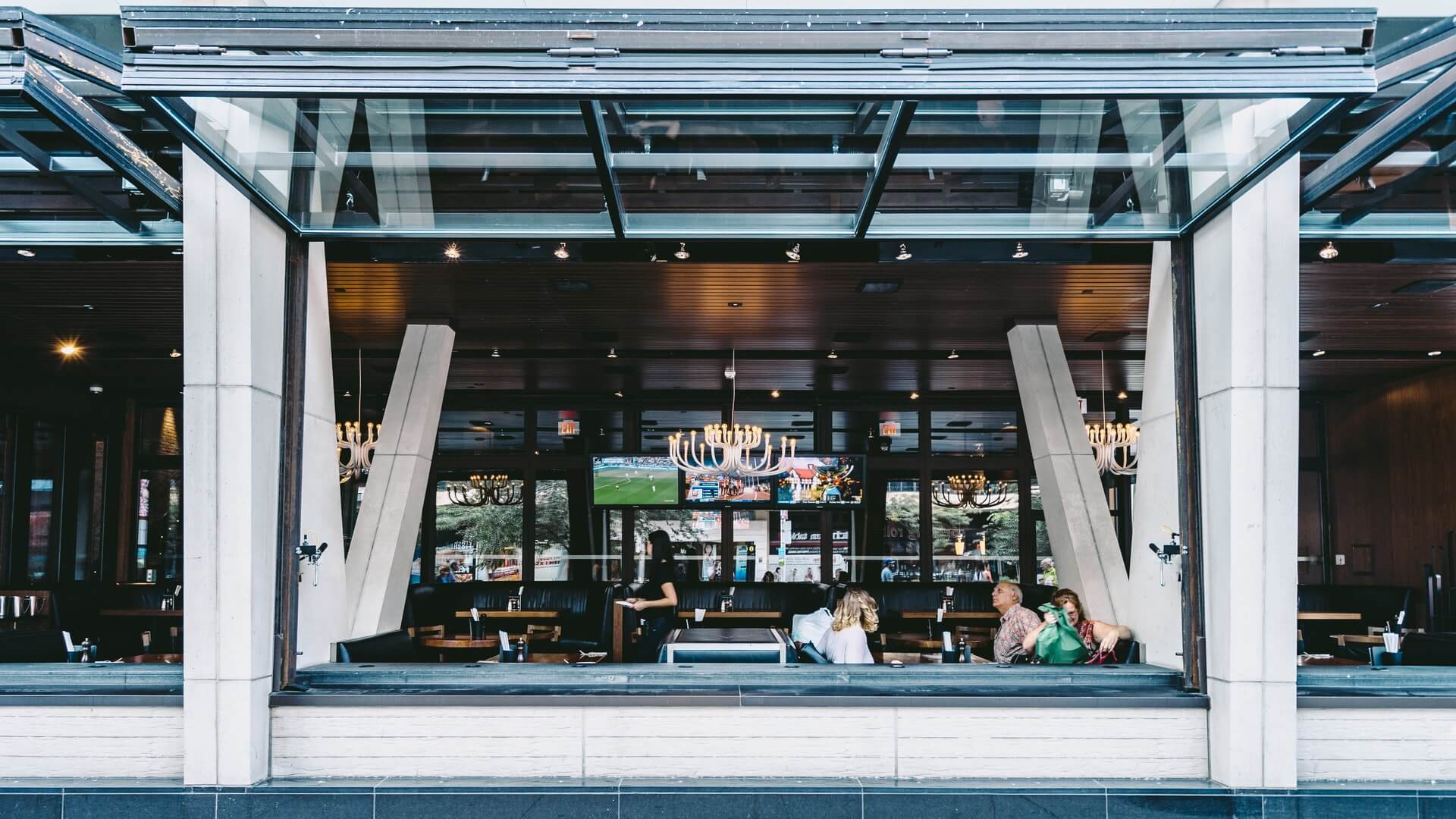How One Resort is Filling the Choco Taco Void
by David Klemt

We hate to be the bearers of bad news but after 40 years Klondike is officially retiring the Choco Taco, now a casualty in the supply chain battle.
According to the Klondike website, the decision to discontinue the Choco Taco comes down to demand. After four decades, the Choco Taco is falling to the wayside so that Klondike can focus on the rest of their legendary portfolio.
Unfortunately, sometimes intense consumer demand can lead to hard choices. Per Klondike, a spike in demand for their product lineup means narrowing their focus. So, we must all bid a fond but bitter farewell to the Choco Taco.
Now, lest we raise an eyebrow and cast a cynical eye toward this news, Klondike provides an assurance this isn’t a PR stunt. Cruise on over to their Instagram account and you’ll see a post denying any stunt Choco Taco retirement. Observe:
View this post on Instagram
It’s a bummer and a fake or quasi-discontinuation would be welcome. However, this appears to really be happening.
Filling the Void
Now, the great news is that restaurant and bar owners can recreate the flavors of the Choco Taco. Below, you’ll find a recipe from a casino resort offering their guests a taste of their favorite ice cream treat.
Calling Atlantic City home, Oceans Casino Resort and their F&B team are the masterminds behind the Chocotini. This $11 cocktail is available at Oceans now through the end of August.
Wisely, Oceans is making the Chocotini available to guests via four locations on property. Guests can order one at the Lobby Bar, restaurants Distrito and Makai, and the property’s Topgolf Swing Suite. Notably, Ocean Casino Resort boasts the largest Topgolf Swing Suite in America.
View this post on Instagram
In fact, Oceans recently completed a $15 million property improvement—and has committed to investing a further $85 million into the resort. With amenities like HQ2 Beachclub, this casino resort rivals Las Vegas night- and daylife. Sets by Tiësto, DJ Snake, and Steve Aoki near the Atlantic City Boardwalk? Yes, please, and hand me a Chocotini.
Of course, you and your bar team can also create a creamy, chocolatey Martini to provide guests with a Choco Taco-like treat. I recommend also testing out a non-alcohol version for a tasty and booze-free sip.
Chocotini
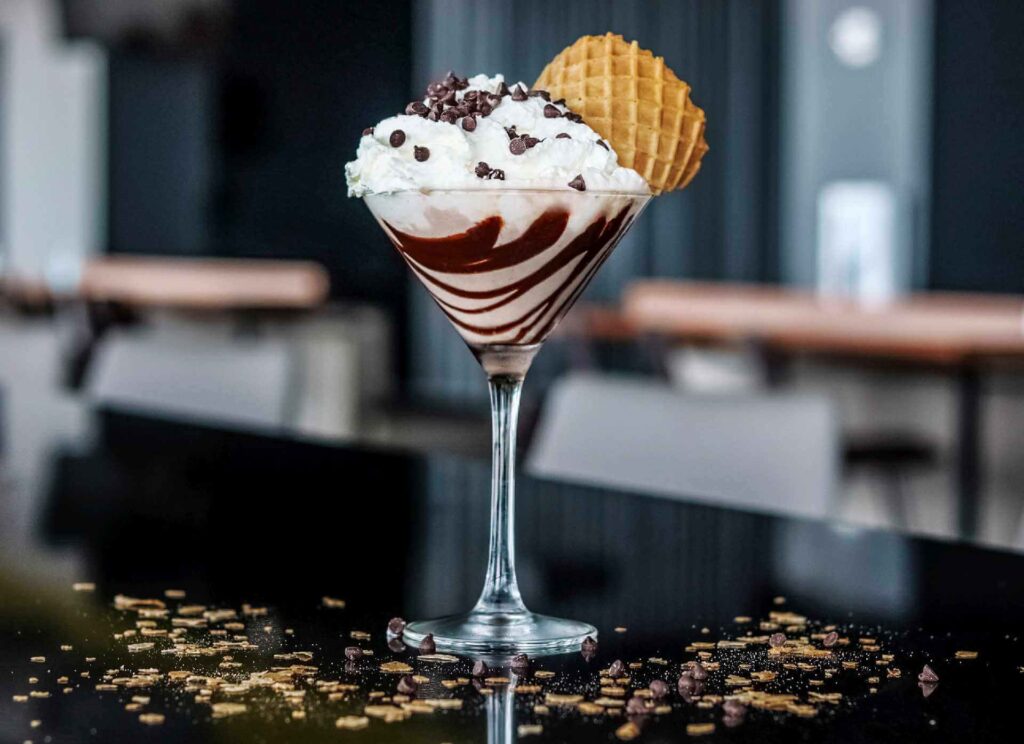
Recipe and image courtesy of Ocean Casino Resort
- 1 oz. Stoli Vanil
- 2 oz. Godiva White Chocolate Liqueur
- 1 oz. Cream
- 0.5 oz. Creme De Cacao White (such as DeKuyper or Giffard)
- Cocolate syrup to prepare glass
- Whipped cream to top
- Mini chocolate chips to garnish
- Waffle cone piece to garnish
First, prepare a Martini glass by striping the interior with chocolate syrup. If preferred, place in refrigerator to chill glass and harden syrup striping. Add vodka, liqueurs, and cream to a shaker with ice. Next, shake until well chilled and strain into prepared Martini glass. Top with whipped cream, and garnish with chocolate chips and waffle cone piece.
Image: Klondike


